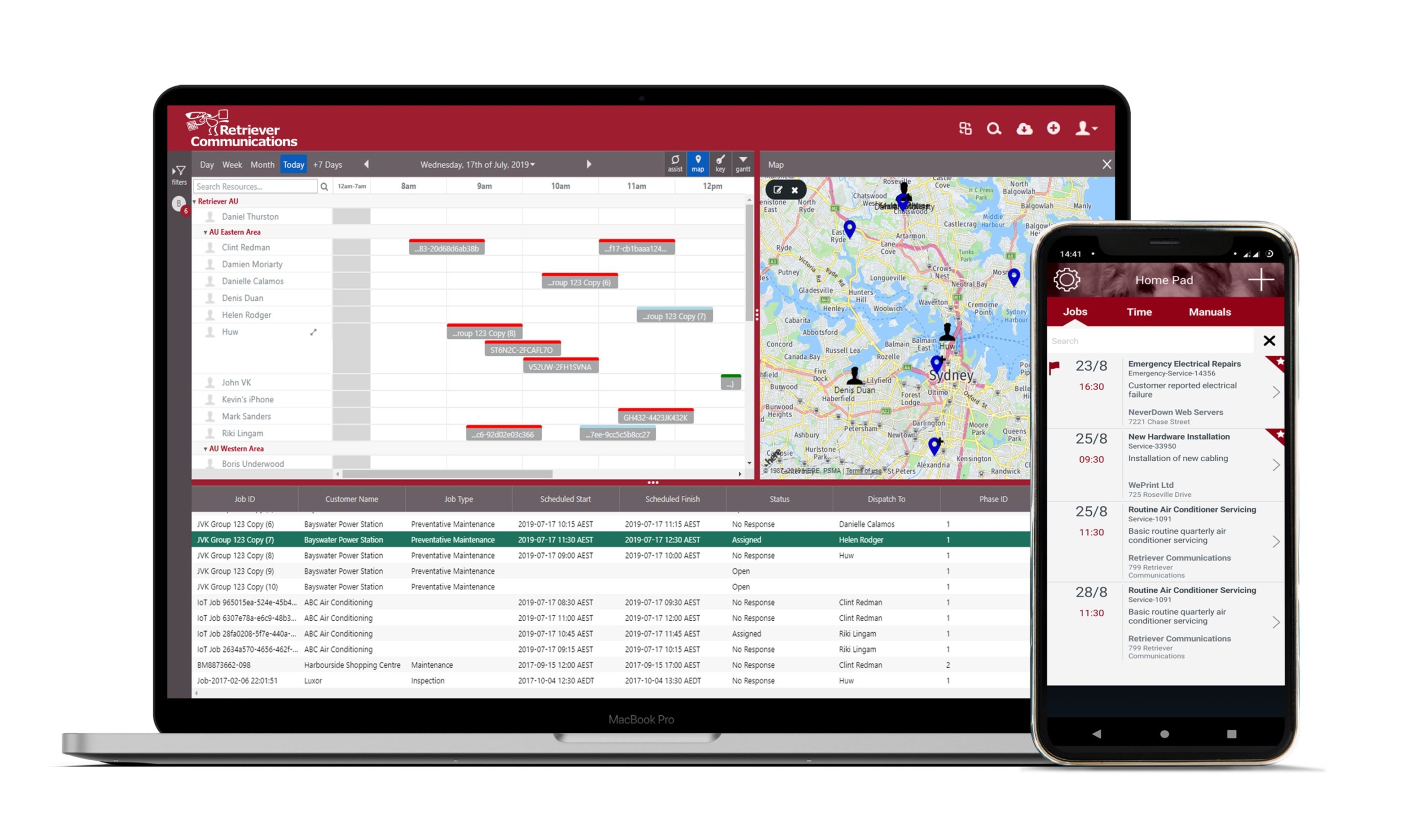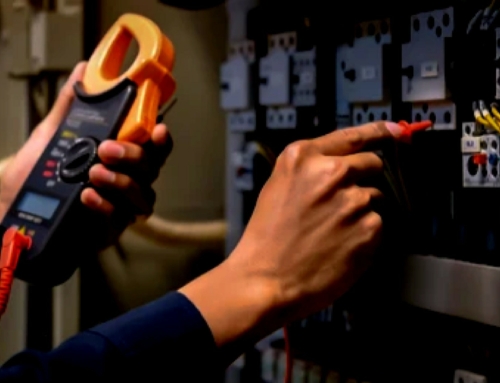As the name suggests, the term ‘real-time systems’ refers to systems that carry out tasks in real time – generally, tasks that are time-sensitive and need to be carried out with some degree of urgency. In simple terms, real-time tasks relate to either controlling certain events or reacting to them. Air traffic control, for example, is something that must be extremely time sensitive. You have to be able to press a button and trust that the aeroplane immediately receives any airspace or landing instructions information, not some time in the next hour or two. But there is myriad, less obvious applications of the technology. And there are different types of it too – hard and soft.
- Hard real-time tasks – These are scheduled tasks that must be performed at a specified time, with significant risks if it does not happen – such as financial, reputational or, in the case of the air traffic controller, possible fatal consequences.
- Soft real-time tasks – On the other hand, soft real-time tasks do not have such critical deadlines. If they are missed, the task may be rescheduled or completed at a later juncture.
In either sort of real-time task, though, it is the scheduler who is considered the most important element, as their role is to reduce response times of all of the processes allied with the task.
Field service workers
But what has all this to do with field service work, you may ask? And the software systems now available to automate their tasks?
Traditionally, service technicians working in the field have been subject to a degree of mystery or, at least, estimation. Most people will be familiar with the frustration of being informed that their appliance repair person, for example, will be coming out to attend to their issue ‘sometime on Thursday, between 9am and 5pm’.
When this is, unsurprisingly, not deemed a satisfactory option and a customer contacts support staff for more precise details and to check on the status of a job or the likely arrival time of the technician, the staff they speak to have often been just as much in the dark as the customer.
Retriever Schedule, however, is a system that provides real-time visibility – the customer support team and head office team can always pinpoint a technician’s exact whereabouts, enabling them to provide accurate updates to customers without the need to make additional calls to the field worker or return calls to the customer.
Further, the system uses real-time scheduling to log the exact details of all tasks and jobs – meaning that as soon as a job is completed, the support team is aware of it. And if there are complications, or further work is needed or parts have to be ordered, this is all logged instantaneously too.
Real-time scheduling means accuracy for staff and customers alike and the end of the time wasted due to uncertainty and waiting for technicians to arrive.





